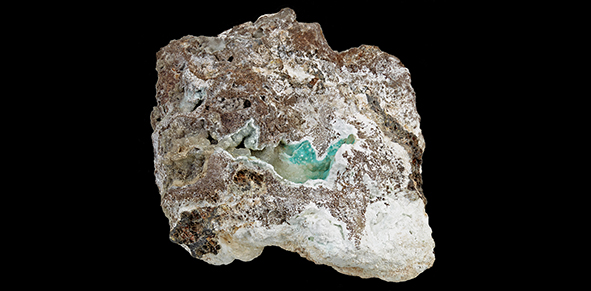Calamine of the Bergamasque Alps as a possible source of zinc for Roman brass: Theoretical considerations and preliminary results
DOI:
https://doi.org/10.13133/2239-1002/16993Abstract
The origins of brass are obscure and begin long before the Romans, however, it was the Romans who brought this gold-coloured alloy of copper and zinc from obscurity and placed it at the forefront of monetary policy and military power. Under the Romans, brass was produced on a scale never seen before, but until now there is little clarity on where brass was made and where they obtained zinc ore. Studies in the past focused on potential sources in Germany, but the lack of investigation on Italian sources represents a significant research gap. The major zinc source in Northern Italy (Gorno Pb-Zn district) could be the source mentioned by Pliny the Elder and may have played a major role in the Roman brass industry. Recent surveys around the area of Dossena, in the Gorno Pb-Zn district, have brought to light substantial traces of pre-modern calamine mining of unknown age. This study presents results from the mineralogical and geochemical characterisation of calamine ore from the Dossena area. A theoretical discussion on the sourcing of Roman brass through chemical and lead isotope analysis is provided along with a case study comparing analyses of brass with zinc ore sources. While the currently available lead isotope dataset on brass alloys is not ideal for exploring this issue, the lead isotope analyses confirm that the calamine from Dossena could have been used by the Romans for brass making and suggestions for future research are provided.

Downloads
Published
Issue
Section
License
Copyright (c) 2021 Periodico di Mineralogia

This work is licensed under a Creative Commons Attribution 4.0 International License.

